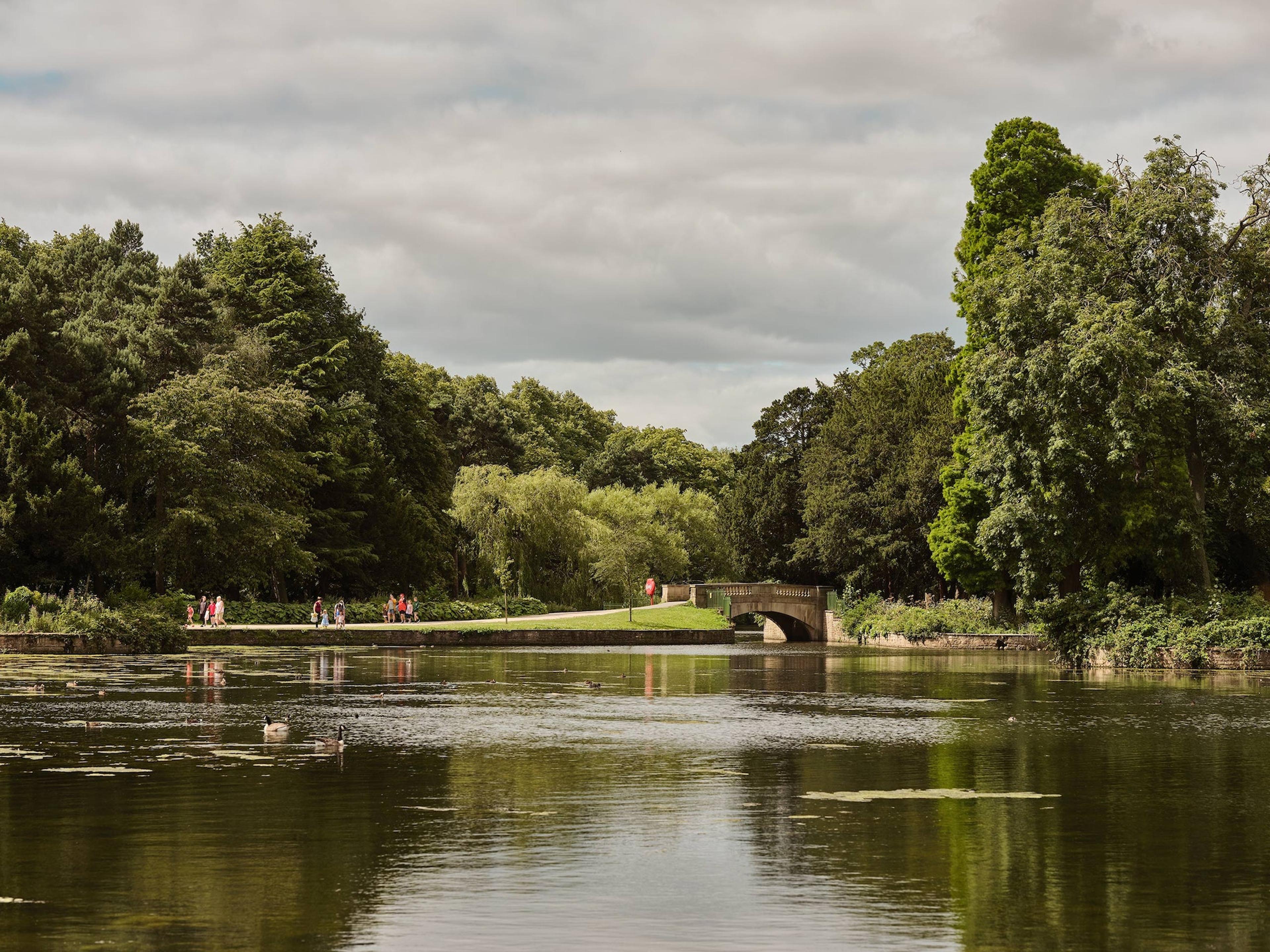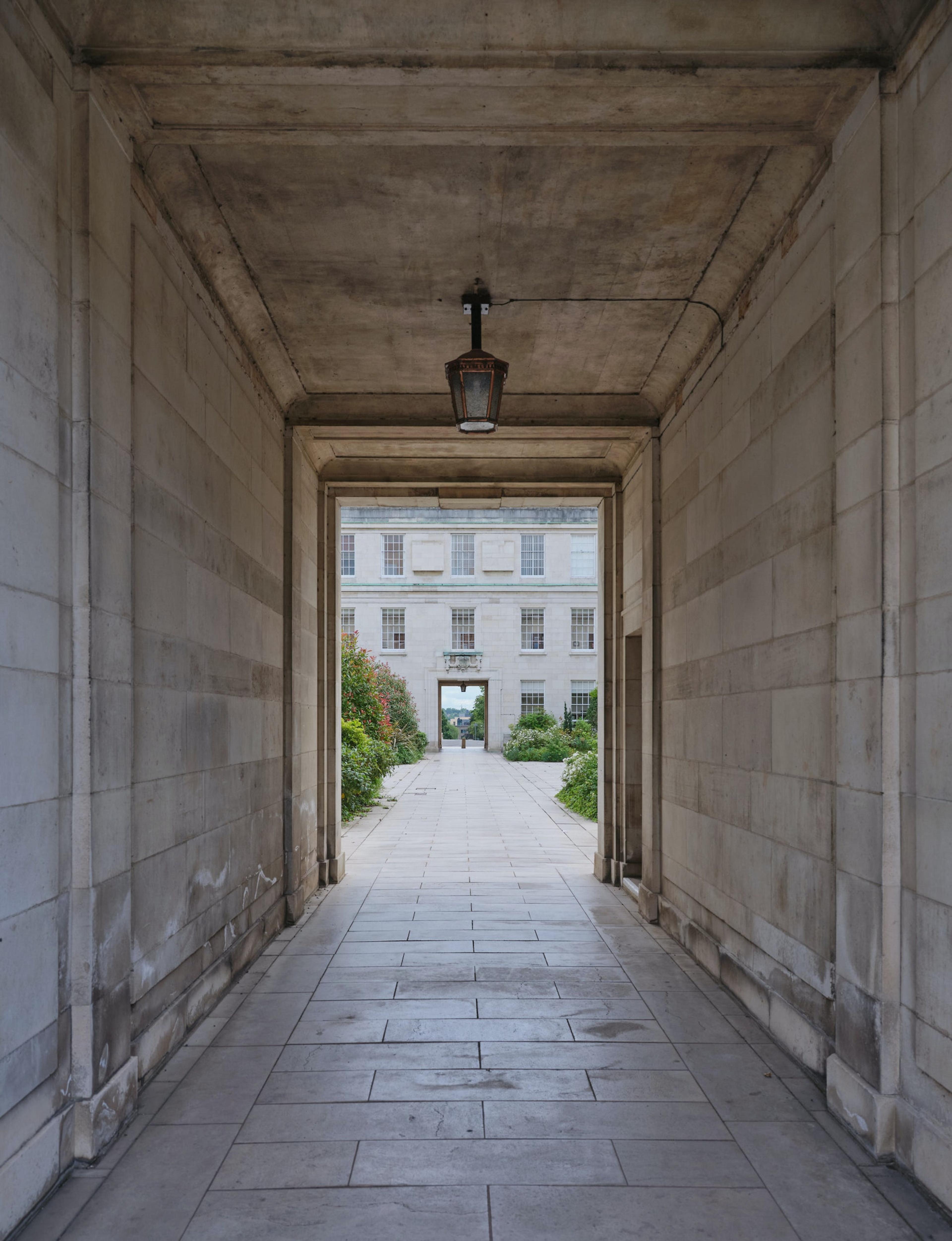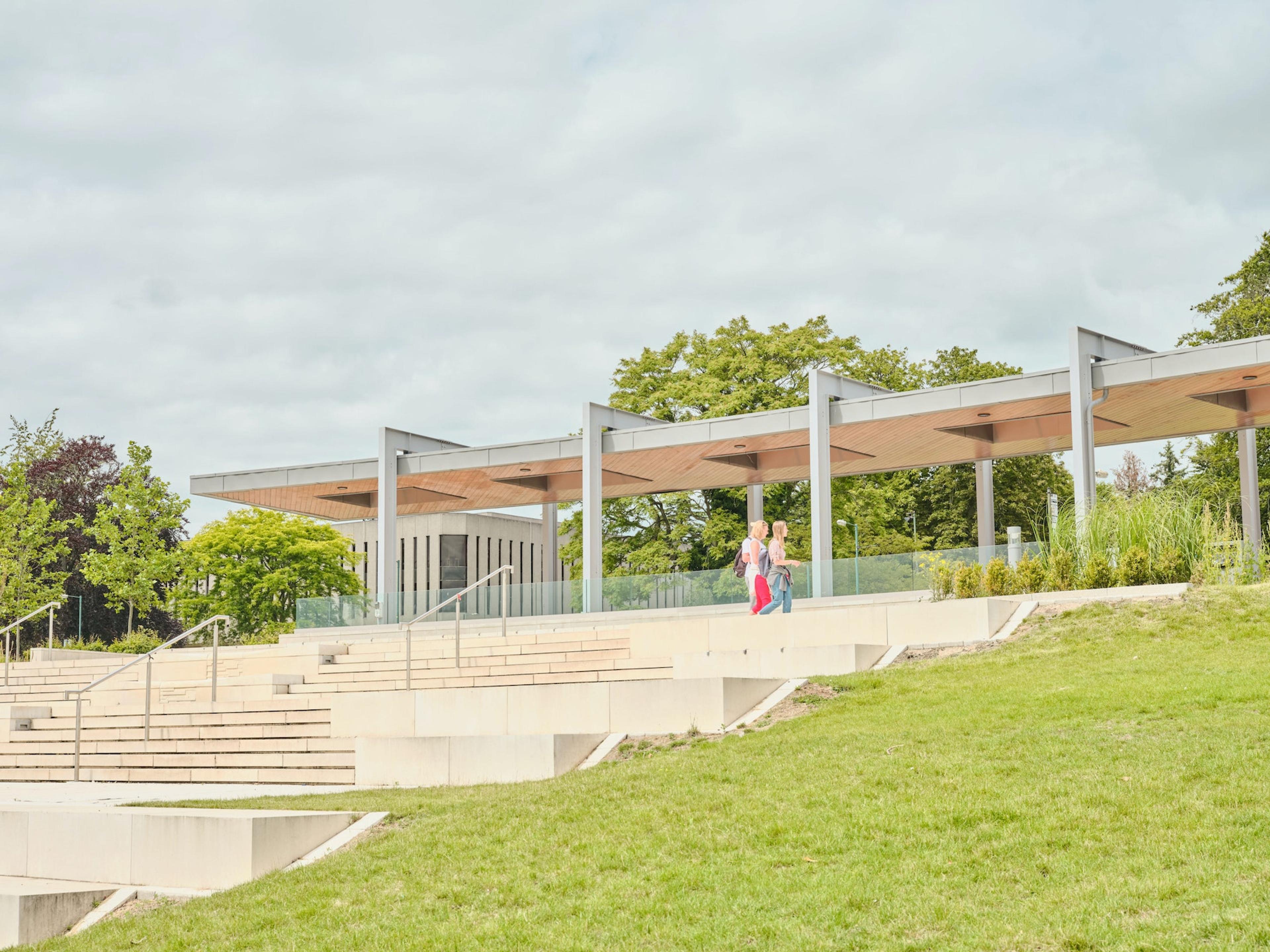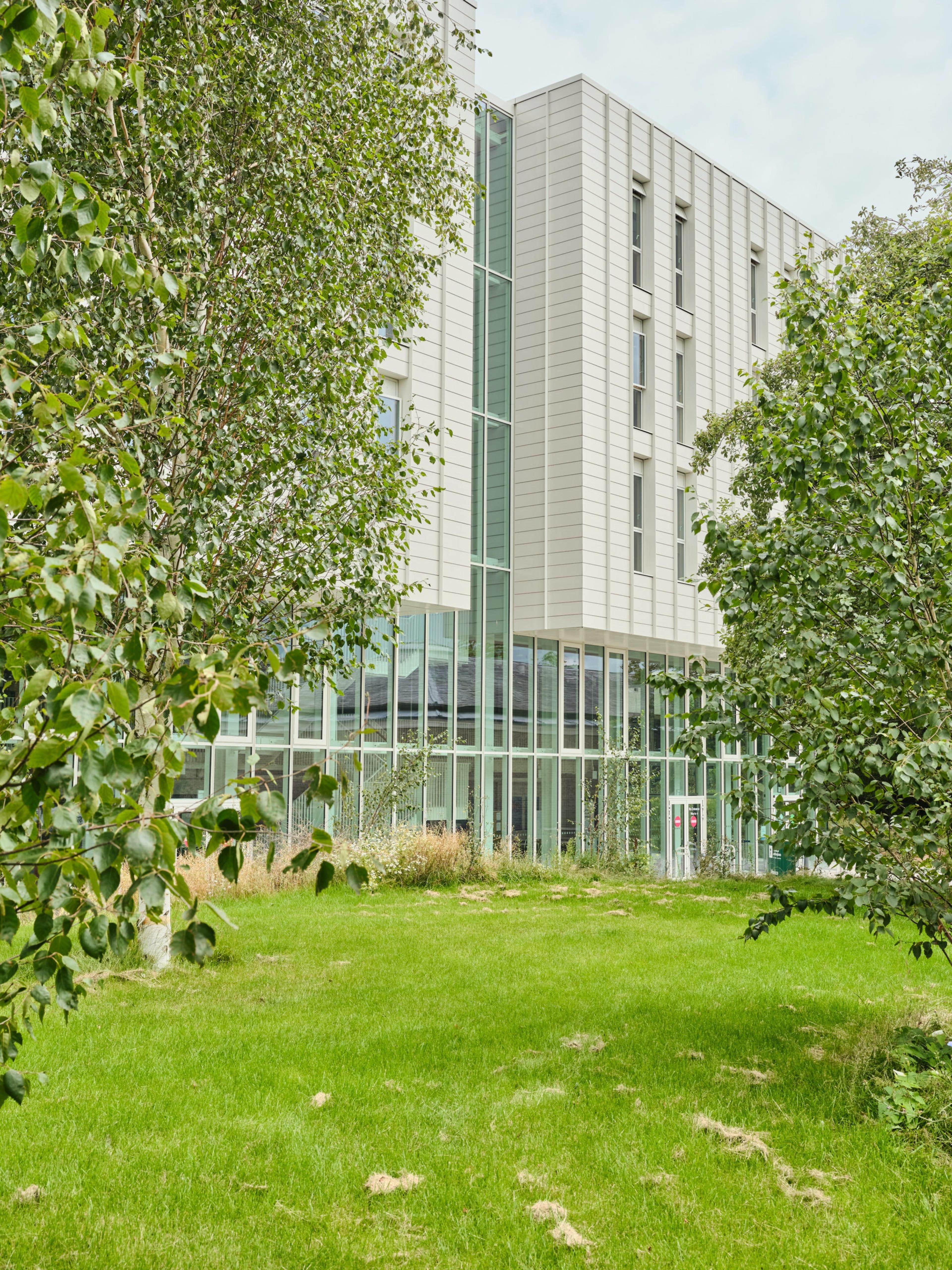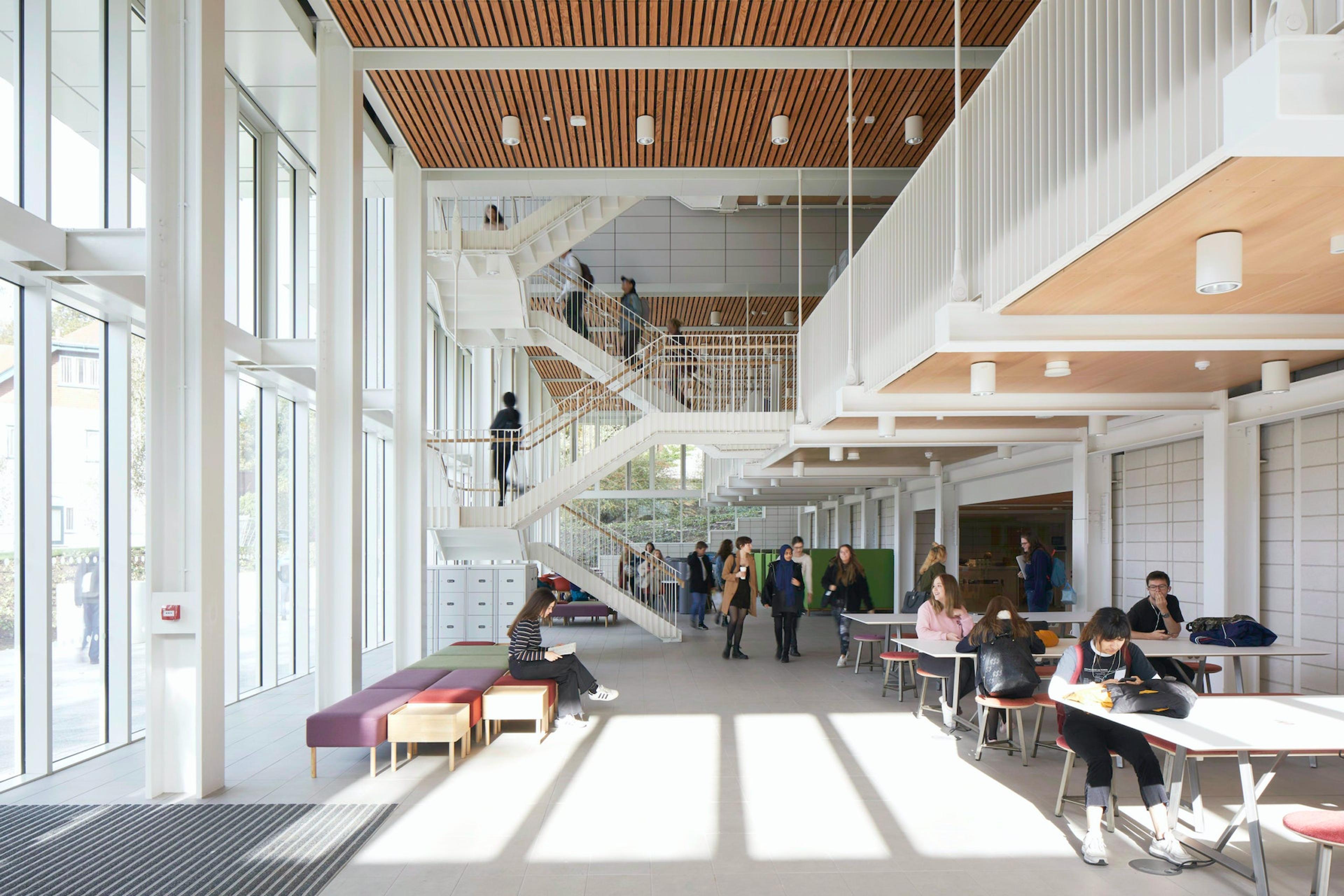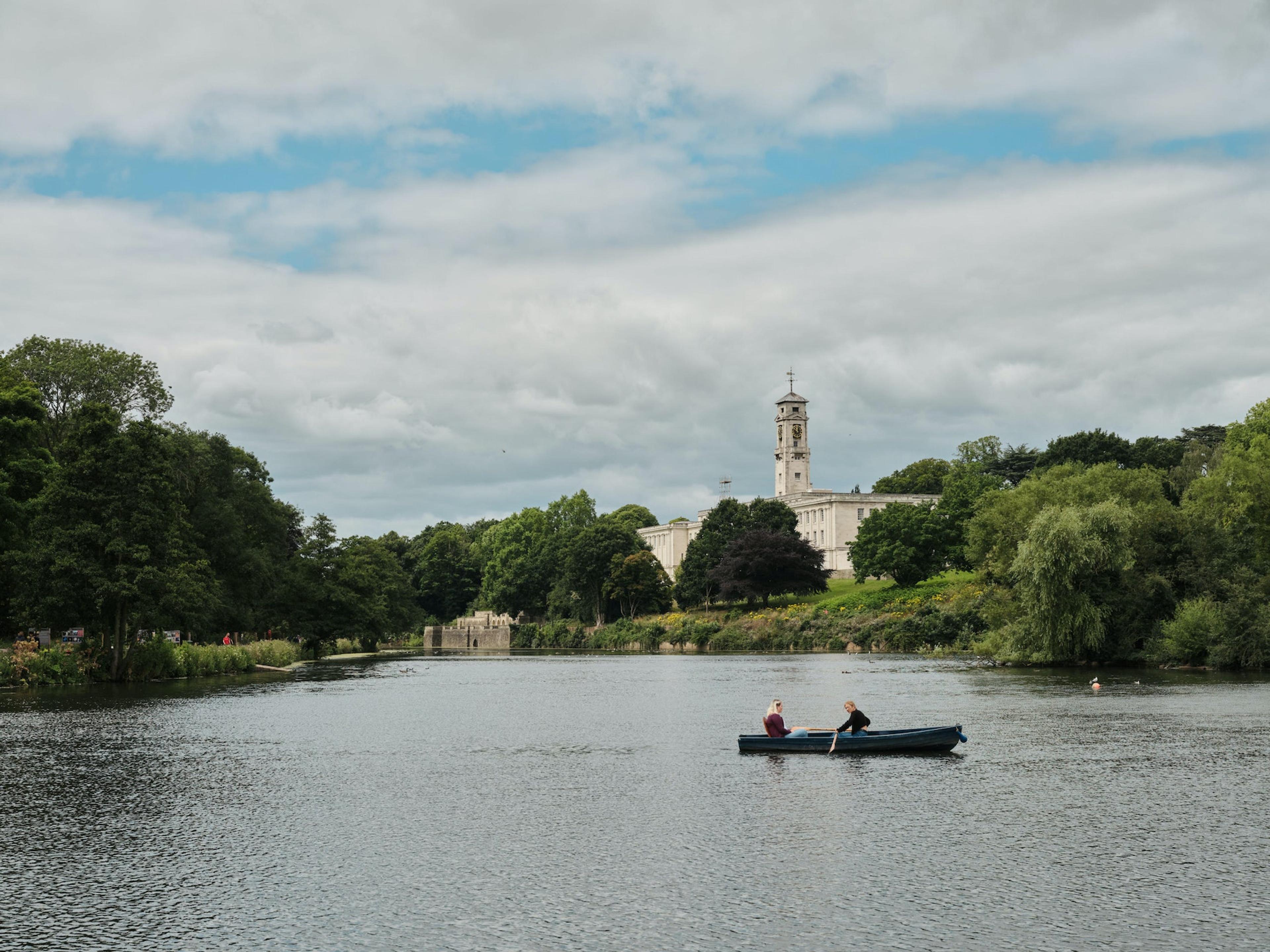University photography essay
Page contents
How universities develop, expand and invest in their built environment differs depending on location, whether an institution is part of a city or on a park campus, as well as its heritage, history and culture. We commissioned urban photographer Polly Tootal to visit four universities across the UK to show how each tells its own unique architectural story.
London
Each of our London case studies has a lengthy history, and has adapted to the constraints of the capital by converting and adapting existing stock as well as developing new campuses or buildings. LSE is a city-centre university established in 1895, close to the Strand. Over the years it has considered moving to alternative locations but always stayed close to its original Holborn location, which is now a core part of its brand.
Imperial College London grew out of Prince Albert’s original vision for a centre of culture and learning in South Kensington, where its main campus is still located, surrounded by prestigious neighbours that have expanded the Prince’s aim, such as the Victoria and Albert Museum. It has since developed off-shoot campuses in other areas of London.
UCL’s campus is a defining feature of its Bloomsbury location, sprawling out from its original Main Building, which incorporates the Octagon, Quad, Cloisters, Main Library, Flaxman Gallery and Wilkins Building.
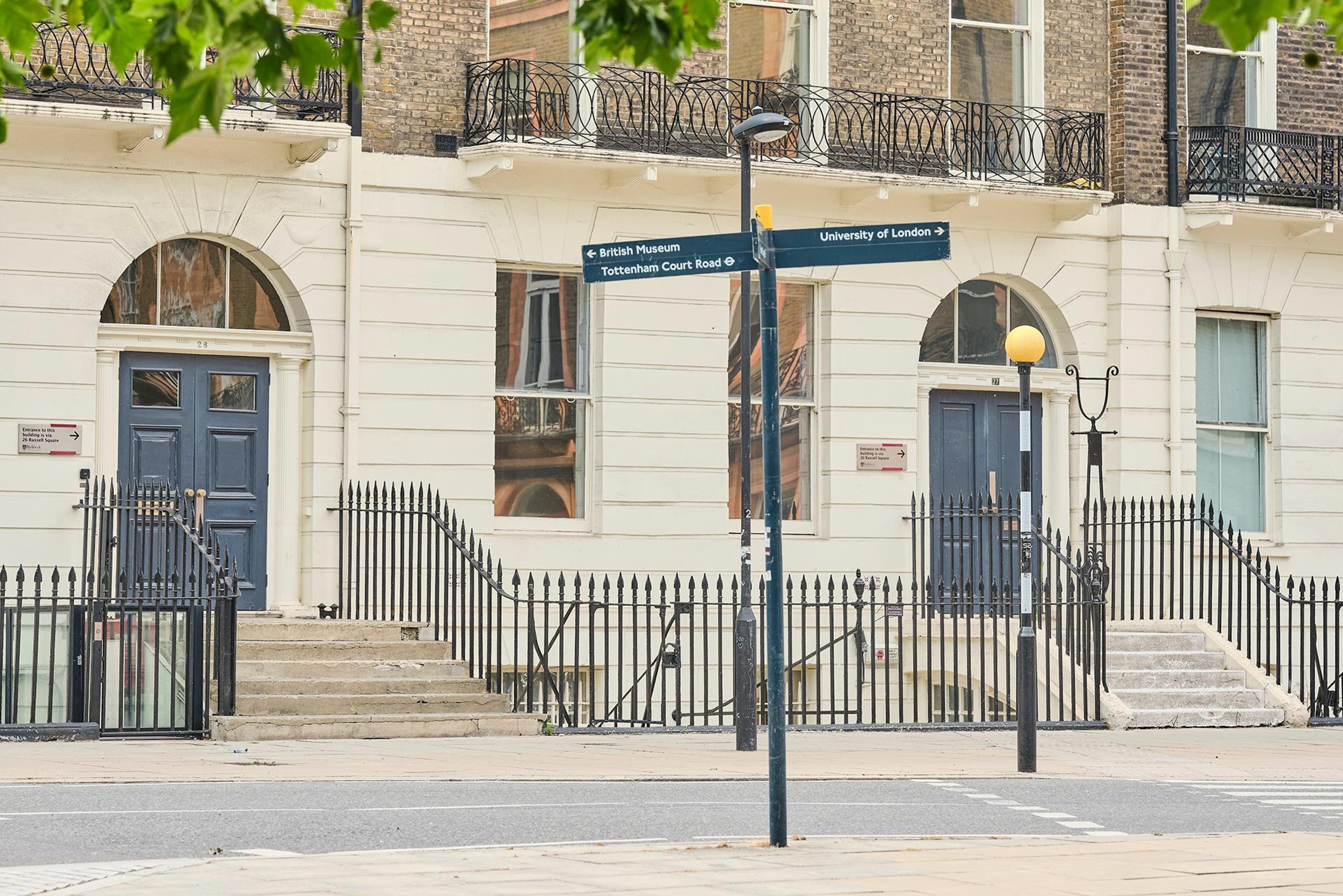
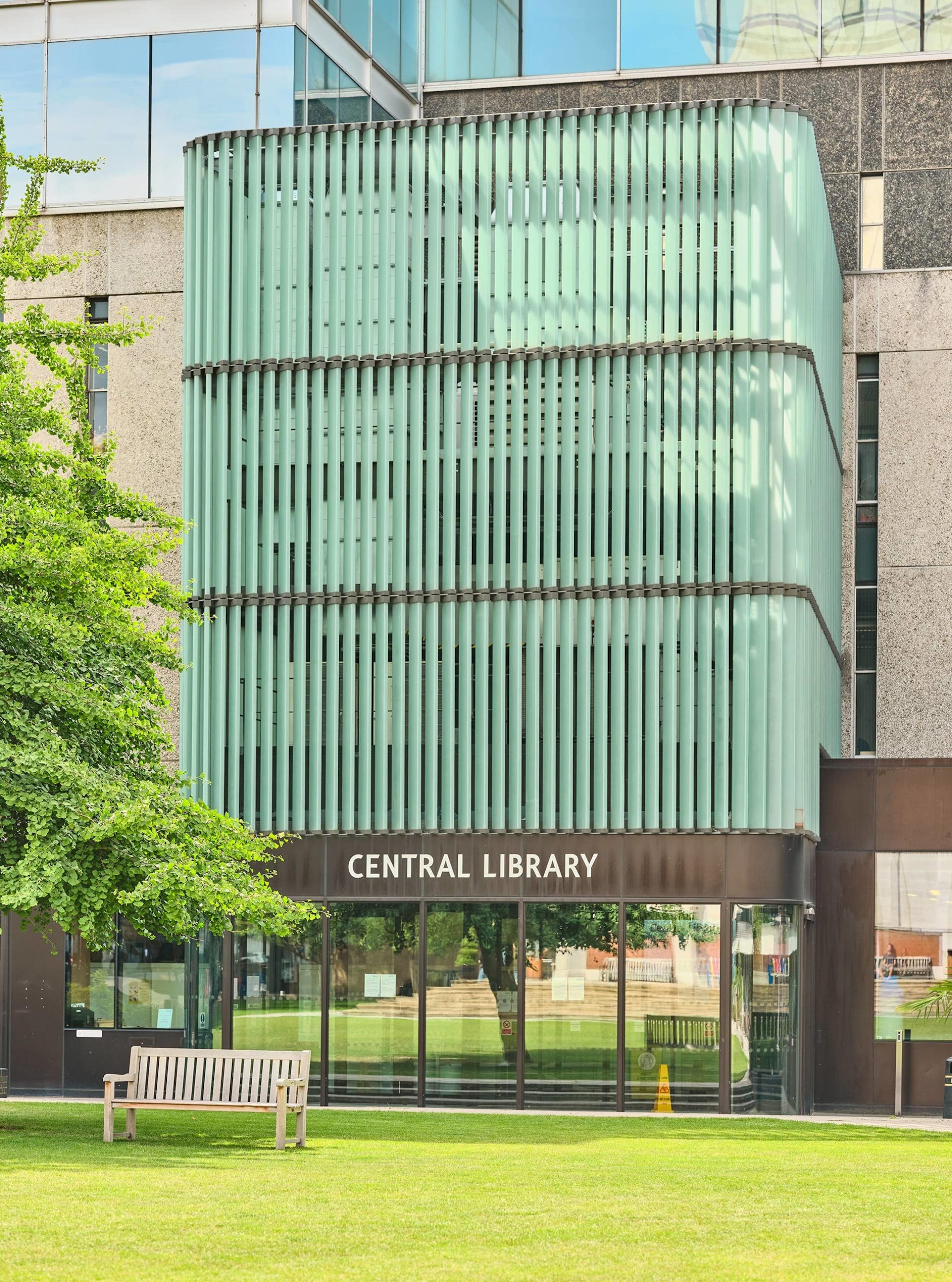

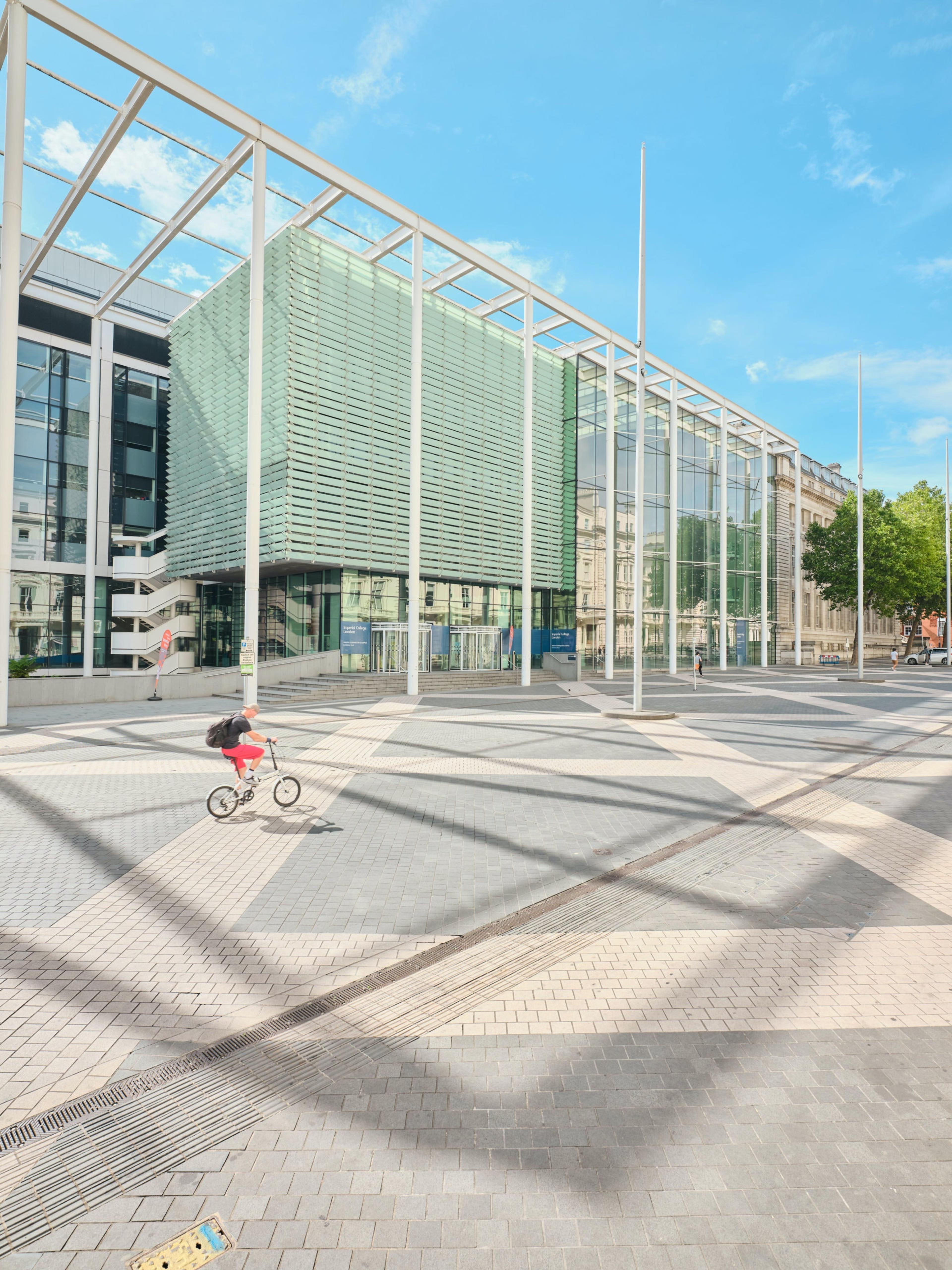
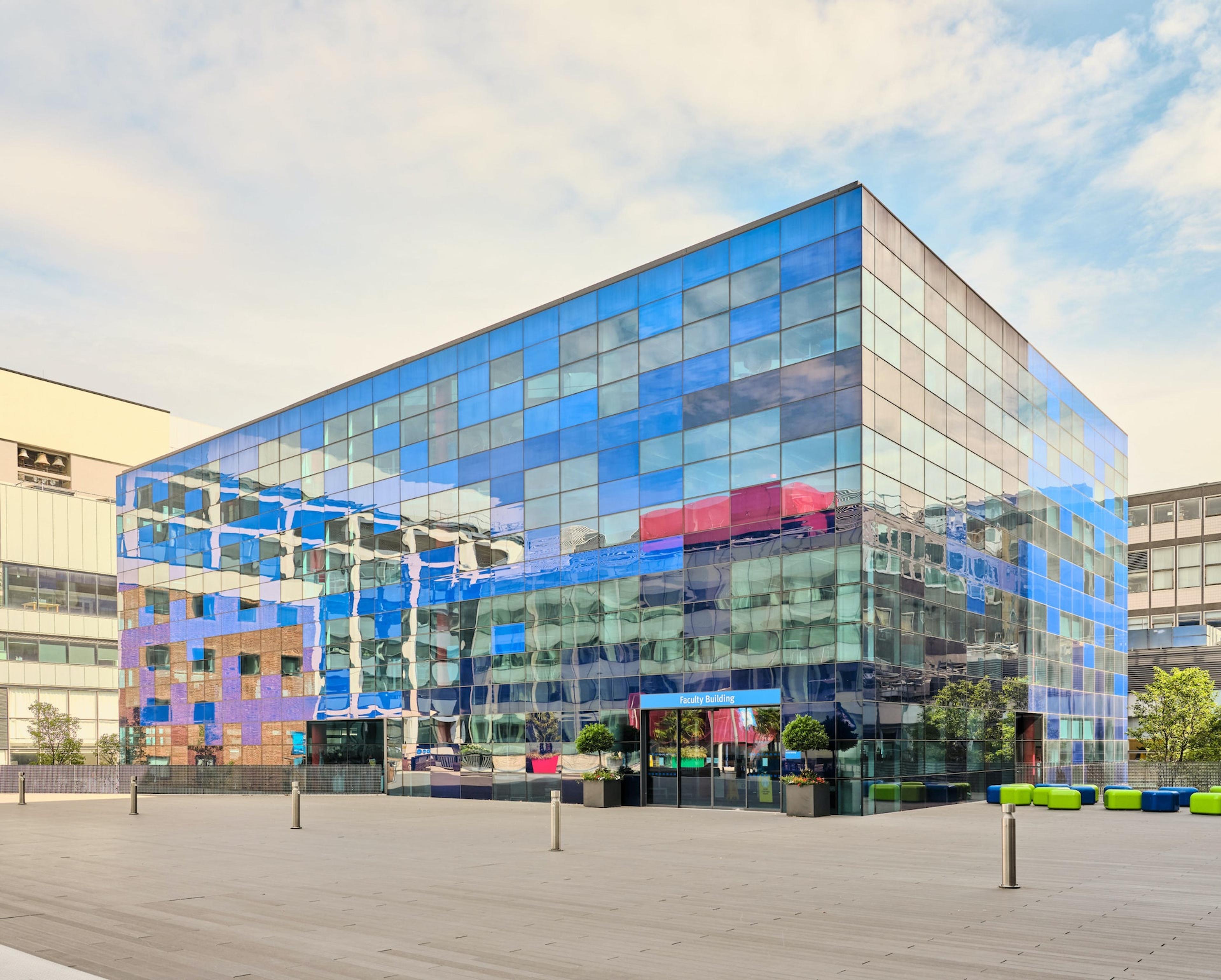

Nottingham
The University of Nottingham was born in the late 1800s as a civic college. It moved to the Trent Building on its now-renowned University Park Campus in 1928, with its boating lake and parkland, before expanding into the surrounding acres. It has invested in its masterplanning and architecture to provide a range of state-of-the-art facilities.
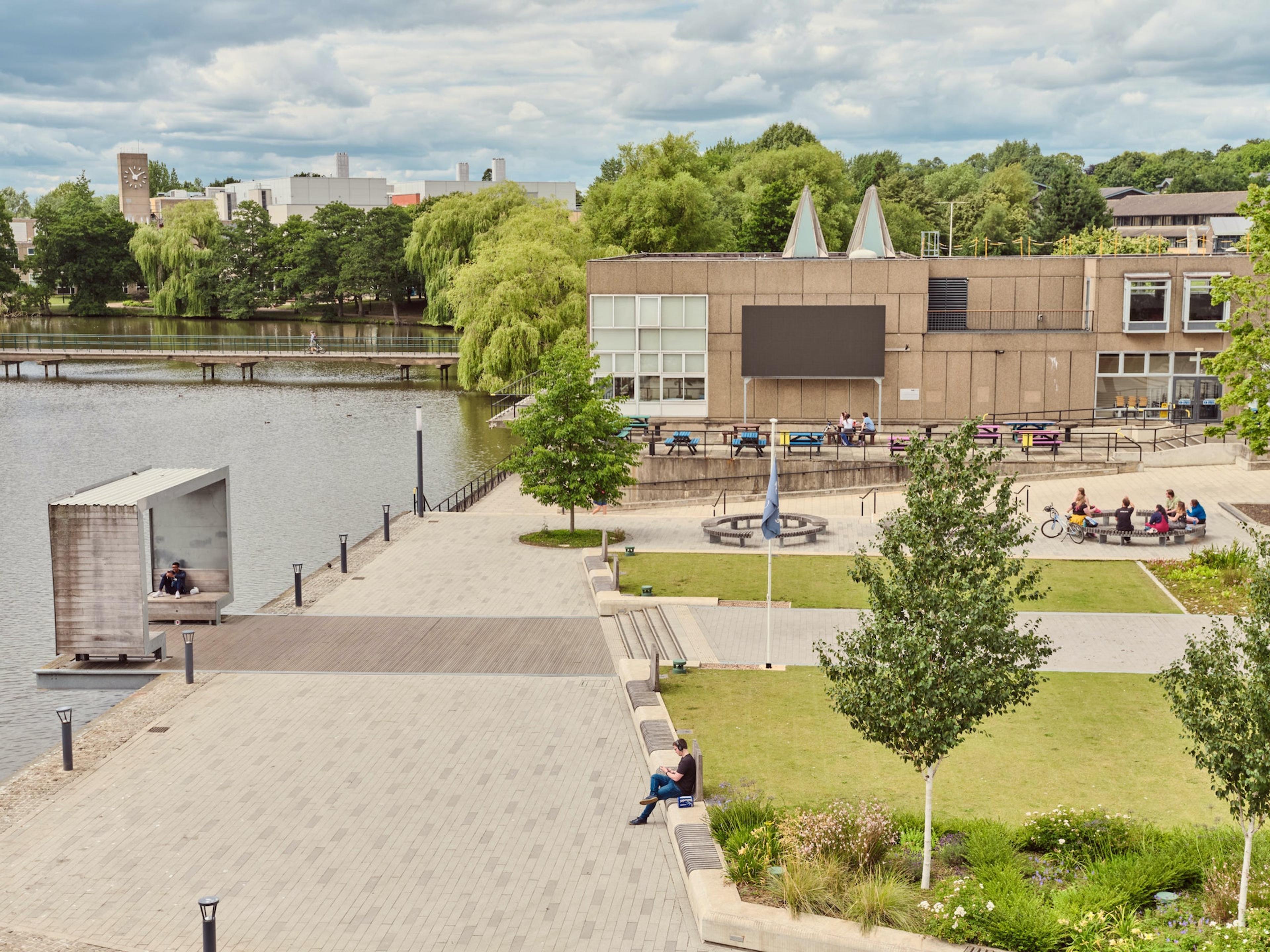
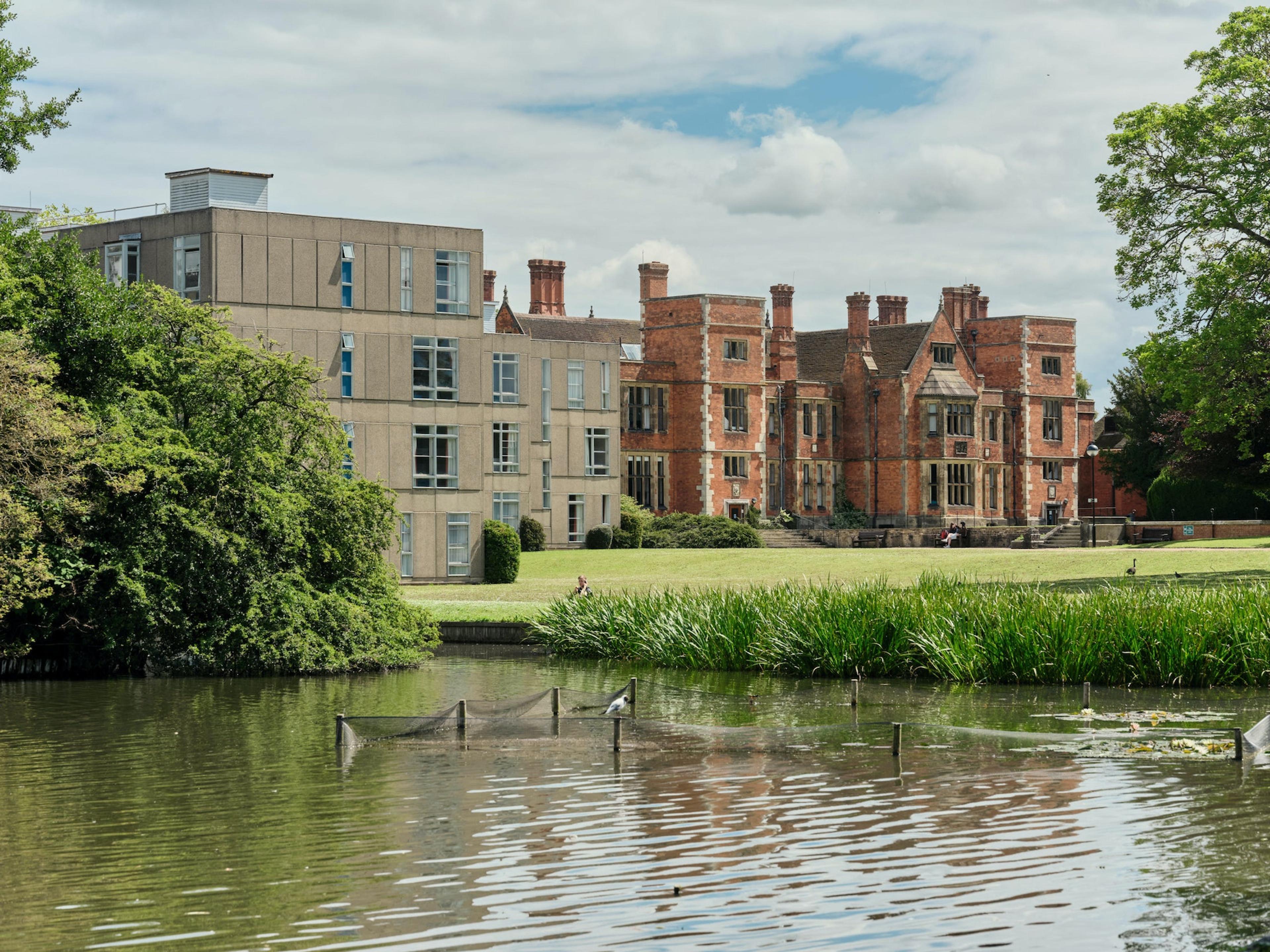

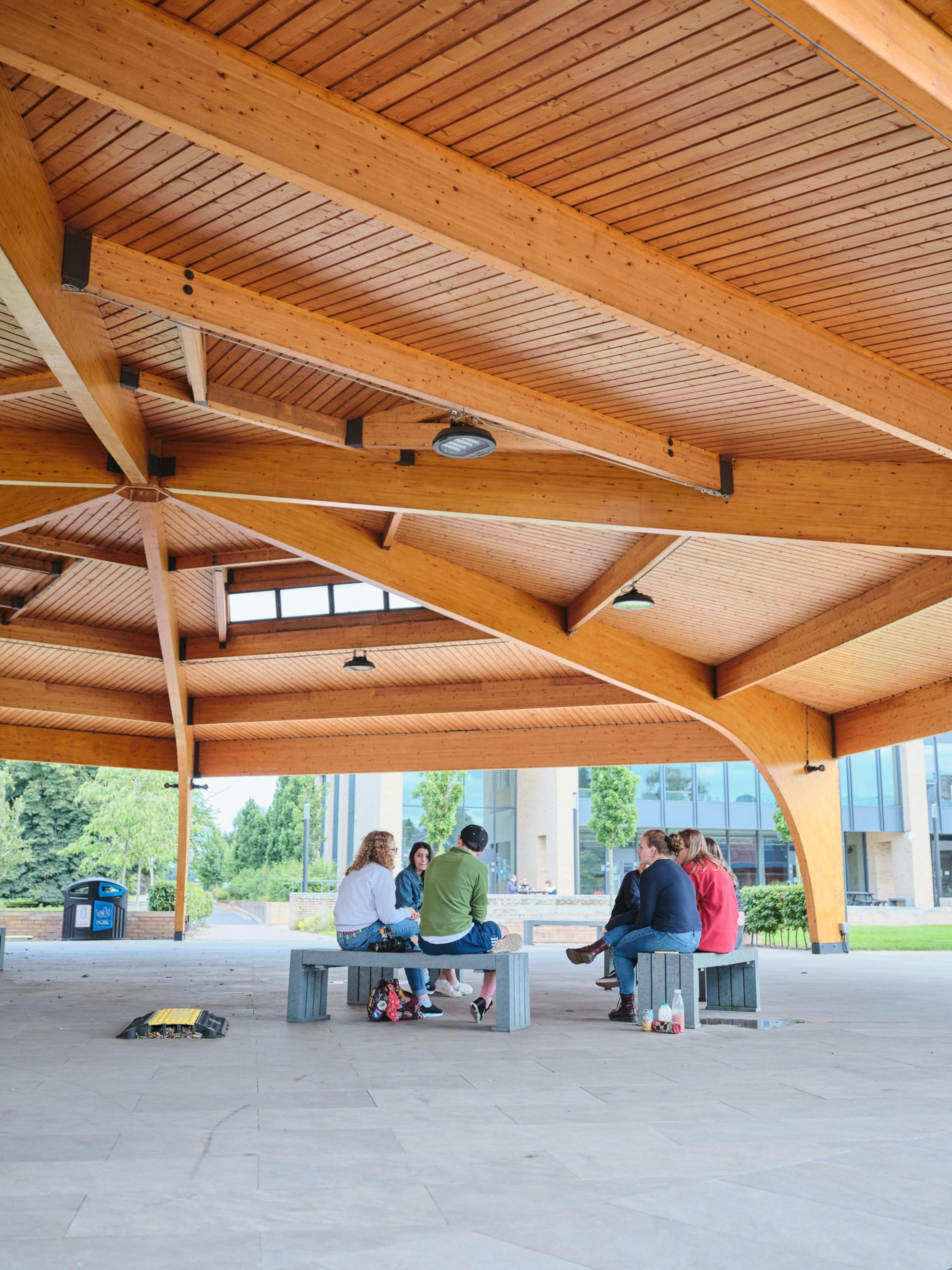

York
The University of York, established in the 1960s, operates as a collegiate university, which means each student is allocated to one of its nine colleges. Located south of the city, it has two campuses. Shown here is Campus West, a stunning setting, with buildings connected by lakes, green spaces and wildlife.
